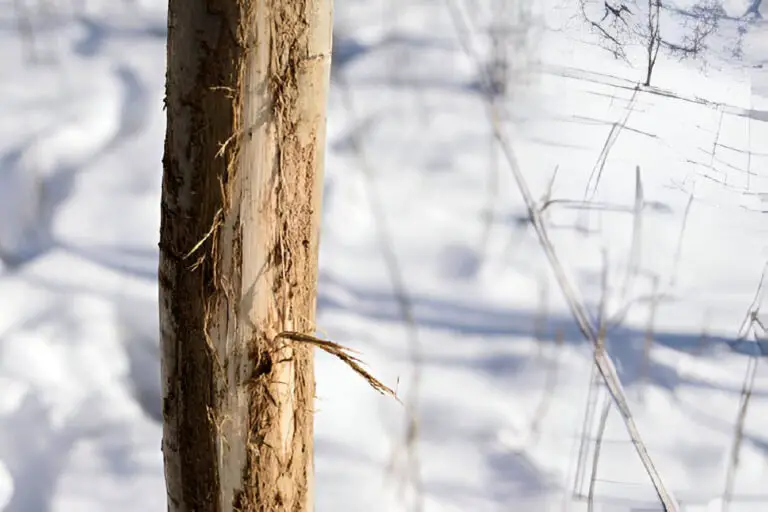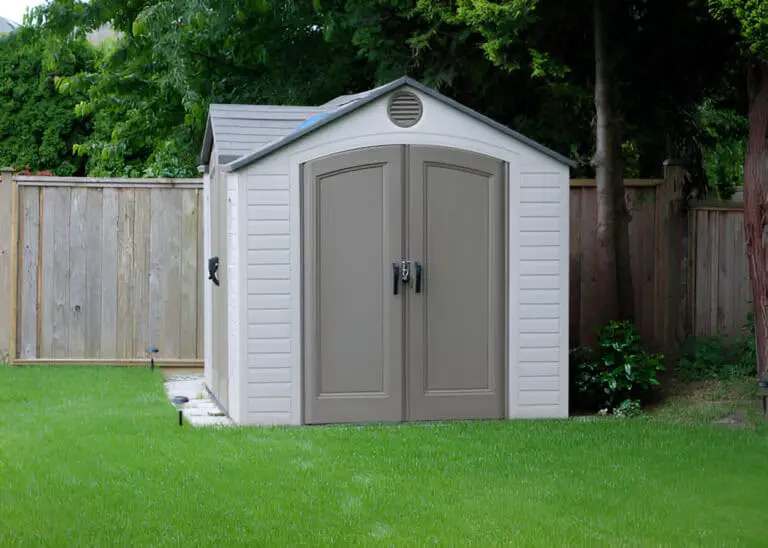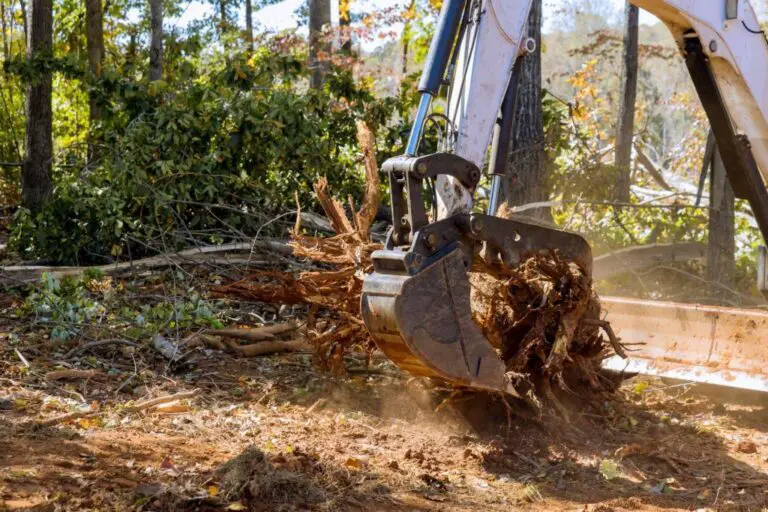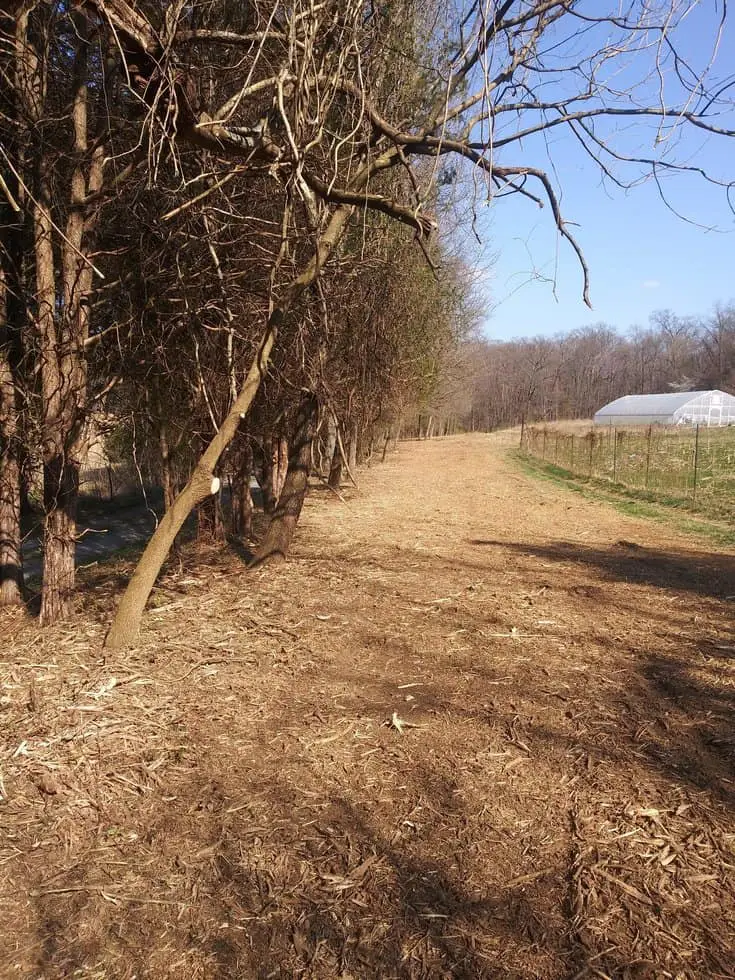How Can I Prevent Blockages in Weed Eater Automatic Feed System?
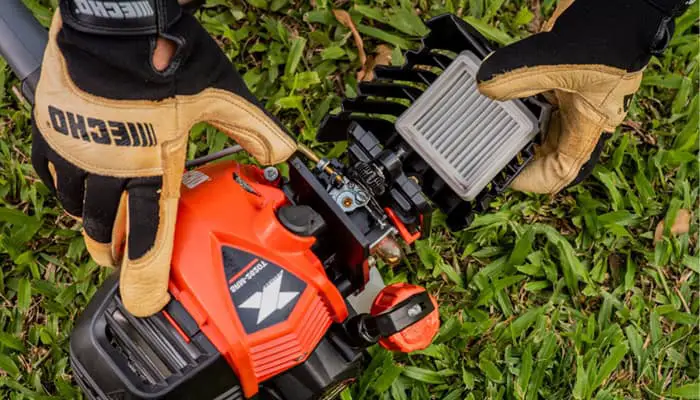
When it comes to maintaining my garden, my weed eater serves as my trusty sidekick. It’s the tool I rely on to keep my yard looking sharp and tidy. But there’s one thing that can throw a wrench in my yard maintenance plans: a blockage in the automatic feed system.
Nothing is more frustrating than being mid-trim when suddenly, the line just stops feeding! After a fair share of experiences (both good and bad), I’ve discovered a few tricks to keep my weed eater’s automatic feed system running smoothly. So, let me share my insights with you.
Understanding the Automatic Feed System
Before we dive into prevention strategies, let’s take a moment to understand what an automatic feed system does. Think of it as the heart of your weed eater—pumping out the line so you can keep on trimming without a hitch.
This mechanism feeds the line automatically, allowing you to focus on your task rather than fussing with manual feeding. But like any well-oiled machine, it needs some care to function properly.
1. Regular Cleaning and Maintenance
One of the golden rules I live by is to keep my tools clean. After each use, I make it a point to clean my weed eater, paying special attention to the trimmer head. Over time, grass clippings, dirt, and debris can accumulate, causing blockages. Here’s how I do it:
- Remove the trimmer head: This gives you easy access to the inner workings.
- Brush off debris: I use a small brush to clear out any grass or dirt that may have built up.
- Flush it out: If the trimmer head allows it, I give it a rinse with water to ensure everything is clear.
Maintenance Schedule
| Maintenance Task | Frequency |
| Clean trimmer head | After each use |
| Inspect line spool | Every month |
| Replace worn line | Every 3 months |
2. Using the Right Line Diameter
Have you ever tried using a shoelace to tie your shoes? It just doesn’t work! The same concept applies to the line in your weed eater. Using the wrong diameter of line can cause feeding issues. I learned this the hard way after trying to save a few bucks by purchasing a cheaper line. It didn’t fit my trimmer head properly, leading to constant blockages.
Line Diameter Tips:
- Check the user manual: It always specifies the correct line diameter for your model.
- Stick to reputable brands: Some no-name lines can be tempting, but they often come with their own set of problems.
3. Inspecting the Spool
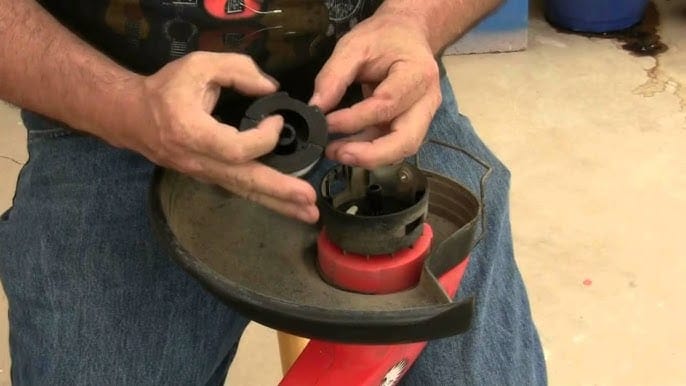
Just like a car’s engine needs regular checks, so does the spool in your weed eater. If the spool is damaged or worn out, it can hinder the automatic feed system. I make it a habit to inspect the spool every month.
- Look for cracks: If I see any cracks or wear, I replace the spool immediately.
- Ensure it’s wound correctly: If the line is tangled or improperly wound, it won’t feed properly.
Quick Inspection Checklist:
| Inspection Task | Action |
| Check for cracks | Look closely |
| Inspect line winding | Ensure it’s neat |
| Test spring mechanism | Pull and release |
4. Keeping the Trimmer Head Clean
Clogged trimmer heads are like traffic jams—they can really slow you down! I find that keeping the trimmer head clean helps prevent blockages. Sometimes, dirt and debris can obstruct the line from feeding through.
How I Clean My Trimmer Head:
- Remove the head: This gives me full access to the inner parts.
- Use a dry brush: I gently clean out any dirt.
- Avoid chemicals: I stick to dry cleaning methods to prevent damage.
5. Proper String Winding Techniques
I’ve made my fair share of mistakes with winding string, and trust me, it can lead to a tangled mess! Ensuring that the string is wound in the correct direction is crucial for the automatic feed system to work seamlessly.
Steps for Correct String Winding:
- Read the arrows: Most spools have arrows indicating the winding direction.
- Wind neatly: I make sure the line is coiled tightly and uniformly.
- Avoid overfilling: Too much line can lead to tangles and blockages.
6. Choosing the Right Line Material
Not all lines are created equal. Different materials serve different purposes. I discovered that using a durable, high-quality line reduces the chances of breakage and clogs.
Types of Trimmer Line:
| Line Type | Best For |
| Round | General use |
| Square | Heavier weeds |
| Multi-sided | Tougher vegetation |
7. Checking for Mechanical Issues
Sometimes, the problem lies deeper than a simple blockage. If I find my automatic feed system consistently fails, I check for mechanical issues. Worn-out parts can cause problems with the feeding mechanism.
Things to Inspect:
- Advance spring: If it’s damaged, it might not push the line out correctly.
- Feed dogs: Ensure these parts are functioning properly to grab the line.
Read: Weed Eater Auto Feed Not Working
8. Using Quality Fuel
Just like putting premium gasoline in a high-performance car, using quality fuel in your weed eater matters. Poor-quality fuel can cause engine problems that might indirectly affect the feed system.
Fuel Tips:
- Use fresh fuel: I make it a point to use fuel that’s less than a month old.
- Mix correctly: For two-stroke engines, I carefully follow the oil-to-fuel ratio specified in the manual.
| Related: Weed Eater Auto Feed Not Working |
9. Educational Resources and Support
I always look for resources that can help me understand my weed eater better. YouTube is my go-to for tutorials and troubleshooting tips. Joining gardening forums also gives me access to a community of experienced gardeners who share their wisdom.
Resources I Recommend:
- YouTube channels: Look for DIY repair and maintenance tutorials.
- Gardening forums: Engage with fellow gardeners to exchange tips.
Conclusion
Preventing blockages in my weed eater’s automatic feed system doesn’t have to feel like climbing a mountain. With a little knowledge and regular maintenance, I keep my yard looking sharp and tidy. My weed eater remains my trusty sidekick, ready to tackle whatever overgrown challenges come my way. So grab your trimmer, put these tips into action, and let’s keep our gardens flourishing!
By taking proactive steps, you’ll find yourself in the garden more often and worrying less about your tools. Happy trimming!

